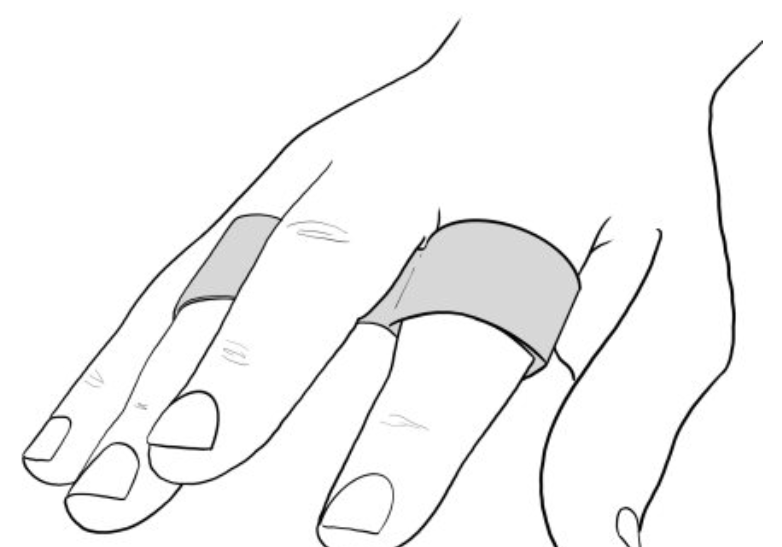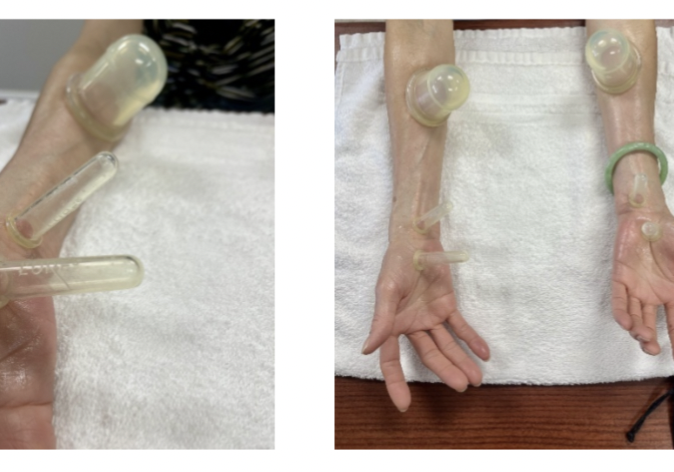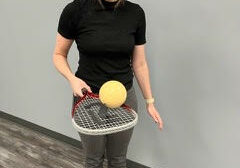Early Mobilization After Volar Locking Plate Osteosynthesis of Distal Radius Fractures in Older Patients: A Randomized Controlled Trial
Filed under Treatments
By: Rachel Reed
Sørensen, T. J., Ohrt-Nissen, S., Ardensø, K. V., Laier, G. H., & Mallet, S. K. (2020). Early Mobilization After Volar Locking Plate Osteosynthesis of Distal Radial Fractures in Older Patients-A Randomized Controlled Trial. The Journal of hand surgery, S0363-5023(20)30276-8. Advance online publication. https://doi.org/10.1016/j.jhsa.2020.05.009
The Skinny:
The purpose of this randomized controlled trial was to determine if early mobilization following open reduction internal fixation (ORIF) of distal radius fractures (DRFs) was more functionally beneficial for adults older than 50 years when compared to late mobilization. The authors hypothesized that patients would report higher positive outcomes with early mobilization; however, they found no significant differences between the two groups in ROM, grip strength, or DASH scores when assessed at 4 weeks, 3 months, 6 months, and 12 months after surgery.
In the Weeds:
This was a single-center randomized controlled trial (RCT) that took place over an 11-month period. The participants in this study received a volar locking plate (volar bearing plate) following a DRF (volar locking plate distal radius fracture). After surgery, they were randomly allocated to either the early mobilization (E-MOB) group or to the late mobilization (L-MOB) group. There was a total of 95 patients enrolled in this study; there were 47 patients in the E-MOB group and 48 in the L-MOB group.
The patients in the E-MOB group were provided with:
- A removable orthosis and daily exercises
- Non-weight-bearing exercises of the fingers and wrist from the first postoperative day
Patients in the L-MOB group were provided with:
- A dorsal plaster cast for 2 weeks
- After 2 weeks, a removable orthosis and exercises
The patients were assessed using range of motion (ROM), grip strength, and the Disabilities of the Arm, Shoulder, and Hand (DASH) questionnaire. Both groups improved when they were measured at 4 weeks, 3 months, 6 months, and 12 months after surgery. Additionally, there were no significant differences in DASH scores between the two groups at any point in time (P > .05).
Bringing it Home:
Because there were no significant differences in assessment measures between the two groups at any point in time, the authors concluded that early mobilization after surgery to treat distal radius fractures does not lead to improved patient-reported outcomes.
Rating:
3/5 – This study was interesting to read and had potential to inform practice guidelines. However, there were significant limitations to this study. The fact that the authors of this study defined late mobilization as immobilization lasting for only 2 weeks does not reflect the variation of late mobilization practices that are often put into practice by surgeons and doctors. Two weeks is still relatively early. In addition, the patient’s adherence to their home program was not monitored, which may have skewed data. It is also important to consider that the E-MOB group may not have had early mobilization exercises prescribed that were active enough to have a significant effect on their recovery (volar plate surgery recovery time is being reduced) when compared to the L-MOB group.
6 Comments
Leave a Comment
More To Read
Which orthosis design is better for zone 5-6 extensor tendon injuries, a relative motion orthosis compared to a dynamic extension orthosis?
M. Buhler, ˝ D. Gwynne-Jones, M. Chin et al., (2023) Are the outcomes of relative motion extension orthoses noninferior and cost-effective compared with dynamic extension orthoses for management of zones V-VI finger extensor tendon repairs: A randomizedcontrolledtrialJournalofHandTherapy. The Skinny: The aim of this study was to compare the data for two different types of orthoses…
Read MoreTherapeutic Interventions and Contraindications of Cupping
By Kaylen Kallander Cupping therapy is used to apply negative pressure to a localized area of muscular or neurological pain to relieve nerve pressure and increase blood flow to an affected area. This modality is commonly used for athletes, but is also a frequent treatment in physical therapy, occupational therapy, or hand therapy. While cupping…
Read More3 Different Ways to Incorporate Weighted Balls into Hand Therapy Treatment Sessions:
By: Kelsey Melton 3 Different Ways to Incorporate Weighted Balls into Treatment Sessions: Weighted balls can be incorporated into hand therapy treatment sessions in various ways. This is a great therapeutic intervention for many limitations and is simple to grade up or down based on patient needs. Here are some exercise ideas to get you…
Read MoreSign-up to Get Updates Straight to Your Inbox!
Sign up with us and we will send you regular blog posts on everything hand therapy, notices every time we upload new videos and tutorials, along with handout, protocols, and other useful information.






Early Mobilization definitely matters.
Getting the intrinsics to glide early makes life easier for the patient once they begin formal treatment
Great point.
Agree. I have seen cast put on improperly and there’s no intrinsic movement resulting in a lot of stiffness for the patient. I think it Has to be assessed on an individual basis. I think the bottom line is the patient should be seen by OT immediately to assess what they need to provide a good outcome
Yes, that is the ideal situation. For various reason this does not always happen!
What about starting at 4 weeks ? We get patients at 4 weeks often and I feel it’s a long rehab. Hand and wrist are stuff because they are told not to move until seeing a therapist .
Yes that is very late and does make for a long process.